Life, Death, & The Sefirot: FFVII’s History & Remake’s Future in a New Symbol of Reunion
by X-SOLDIER June 29, 2020 0 commentsRemake’s New Symbol, Reunion, & The Sefirot
The Symbol of the Alien Reunion – Jenova’s Body
This symbol appears to be painted on the backs of the cloaks, rather than being a piece of intricately woven fabric like we see around their hoods. This means that the design is written with a calligraphic brush like a kanji character would be. Given that information, and using the stroke order and formatting rules for kanji in Japanese, I had a friend help me discern how this one was written, since we know it’s being designed by Japanese developers. I didn’t provide any context for what the thing was, or what my results were in order to avoid adding interpretive bias, and to get an objectively neutral perspective. To him as well, it appeared that this particular symbol has seven brush strokes – which matched precisely what we see in Final Fantasy VII‘s original abstract symbol, and is perfectly suited for a new symbol in Final Fantasy VII Remake, connected to the concept of Reunion.
The basic visual appearance of the symbol clearly looks as though it’s intended to invoke the appearance of the headless, winged body of Jenova that we see #2 holding as he falls past. In fact, if we line the image up over the top of her body when it’s revealed in Remake, it makes the comparison quite clear. This is the same way she looked in Nibelheim, so it makes sense for Sephiroth to be using this symbol in an in-game world context – especially after he personally decapitated her.
While this symbol looking like Jenova’s body visibly represents the Jenova cells in those numbered, black-cloaked, Sephiroth copy individuals following the call of Reunion, the lack of a head clearly demonstrates that the central controlling force behind this symbol & the current call of Reunion itself is entirely manifested of Sephiroth’s own will.
The Symbol of Reunion – A New Sefirot Diagram
We know that the Yosher-Upright diagram of the Sefirot was used in Master Sephiroth’s final boss form to show that he represented a completed Sefirot. The arrangement of the seven brush strokes for this new Reunion symbol of Sephiroth’s line up so that this same Sefirot diagram appears to have been guiding the framework for its structure – which matches everything that we know about Final Fantasy VII‘s story being based on this structure as well. Not only that, but in the Hebrew version on the left, only the 10 Sefirot are represented. It’s clear that most of the brushstrokes don’t align with a central point with that version – because Da’at isn’t depicted. The 11 Sefirot version that includes Da’at as its own point allows the nexus of brush strokes to match up, and even when the paths deviate from the structure, they are all directed towards or through the Sefirot to guide their paths.
This side-by-side of the Hebrew & English script versions helps to demonstrate that even when the size of the Sefirot & length of the Paths between them are proportioned differently, the brush strokes still align in the same regions.
It should also be noted that in the Yosher-Upright diagram, the vertical path between Keter & Tif’eret, as well as the horizontal paths between Binah & Hesed and Hokhmah & Gevurah aren’t short segments from those six that stop at Da’at. You can see this by looking at the Hebrew version on the left. Even back in the original game’s Master Sephiroth concept art design, these short segments to Da’at were treated as if they were their own unique paths. We can tell that because if you followed the paths literally, Hesed & Gevurah wouldn’t have Da’at as the top of a halo, but those lines would just keep going up to Binah & Hokhmah. This is another example of these frameworks being subjective external interpretations, but the concepts within them still used genuinely as a structure for the world in the game and how their use ultimately shapes & designs its own unique concepts around the contextual interpretations of those rules inside Final Fantasy VII‘s game world.
The other thing that this model re-emphasizes is the importance of looking at this Sefirot map with Da’at treated as its own point when considering anything in the context of Final Fantasy VII, rather than adhering more strictly to the literal religious interpretations. Especially because the numerous forms of duality between Keter & Da’at informed so much of the relationship between Sephiroth & Jenova as well as the Cetra & the Planet in the original game, they are expanded upon to establish a lot of themes around the metaphysical superconscious states in Remake, so this interpretive difference is an important distinction to preface with.
Missing Mothers, Black-Cloaked Men, & Remake’s Four Forms of Sephiroth
The semi-illusory and completely new “Jenova Dreamweaver” that the party encounters in Remake is a form of illusory hallucination manifested from the body of Marco, Sephiroth copy #49 who also wears this black cloak with the new symbol on its back, and who we met in the apartment next to Cloud’s in the Sector 7 Slums. This allows Sephiroth copy #2 to escape with Jenova’s decapitated body. We know from the original game that when fighting what appears to be “Sephiroth” outside of Midgar as the party is making their way to the Northern Crater, it triggers boss battles against 3 forms of Jenova – Birth, Life, & Death. In the Sefirot diagram which you can see above, the 3 horizontal paths that unite the Right Column & Left Column are known as “the Mothers” – and none of those paths are present on this new symbol of Sephiroth’s Reunion. Even more clearly emphasizing that the call of Reunion, and her headless body taking his form are all an extension of Sephiroth’s Will, and also explicitly connecting it to the core story messaging about how the concepts of life & death were started from experiences that Sakaguchi dealt with after his mother passed away, and this new Sefirot-based Reunion symbol follows those pre-established themes exactly.
Additionally, the Final Fantasy VII Remake Ultimania revealed very specific details about the versions of Sephiroth that we see in every scene of Remake. Sephiroth actually appears in four different forms at varying different points throughout the game, and there is a chart that lists all of them mapped to each scene in the game. The four different versions are; a flashback, a transformed black-cloaked man, an illusion that only Cloud can see, & a mysterious new Unknown form. As we look into more detail about the elements in Remake, we’ll be able to expand a bit upon why those differences are being pointed out.
At this point, it’s clear that there is an incredibly meticulously detailed level of existing design structure with how Final Fantasy VII utilized this Sefirot. Having all of that will allow us to make some significantly educated inferences about why the seven paths through this Sefirot Reunion symbol are laid out the way that they are. I’m going to break down the paths through the Sefirot that each of these brush strokes follow, in the order that they’d have been written. As I do, I’ll look at interpretations of this information as it applies to Remake given everything that we know about how the religious and thematic structures from the Sefirot have been used in everything Final Fantasy VII related in the past.
The Seven Paths Followed in Remake‘s Sefirot
The three most detailed story analyses on the strokes of this Sefirot are going to be for the ones that follow the vertical Pillars and connect multiple Sefirot. Those three vertical structures also have elemental affinities associated with them, in addition to also being specifically named pillars in the Kabbalist Sefirot – which represent three Fathers, like the horizontal ones represent three Mothers. This provides additional supporting contextual information that the other shorter paths don’t get that helps to generate more context. These occur in Stroke I (Zack’s story), Stroke V (Sephiroth’s story), & Stroke VII (Final Fantasy VII). They represent the 3 primary story trajectories in the game, and also where we might see potential shifts in fate – which is important given Remake‘s ending. Additionally, they’re also the three characters on the cover of the new Final Fantasy VII series special booklet.
This means that while Stroke II, Stroke III, Stroke IV, & Stroke VI only connect two different Sefirot, they provide lots of incredibly important context for the nature of the interconnected relationships of the other three stories’ frameworks, and how the main game’s story functions as a result of that. While they are shorter, the details they have are ones that are incredibly significant to showing the the way that those three stories interact with one another.
Additionally, Strokes I-IV cover events whose details we do know from both the original game & the Compilation, but given the way that Final Fantasy VII‘s story starts in the middle of a series of events, their position higher up on the Sefirot means that they’re also related to things that we haven’t seen in detail within the context of Remake yet. As a result, we can only cover some basic points from the things we know have already been adapted into Remake, and use some analytical implications to inform the rest. Strokes V, VI, & VII have points lower down on the Sefirot’s structure, which are more directly connected to events that we have seen in Remake, so those three will have significantly more detail to reference when breaking them down.
Given that the Sefirot has several definitive structures to it that have been used for consistent themes in the past and there are elements of the story that we know, there is a significant degree of analytical interpretation we can do using those as a starting point, which is why I went for the Japanese kanji stroke order for this analysis, since I wanted to see if there might be any reason for it to have followed the paths that it did as it was written. I’ll lay out the core specifics that are definitive to each of the intersected Sefirot, and then also provide all of the contextual interpretation using everything that I’ve detailed thus far, as well as what we know of the story in Final Fantasy VII, how those themes have been definitively established in the previous games, and everything about how they’re functioning in Remake.
Onward to: Sefirot Path Analysis: I-IV – The Past

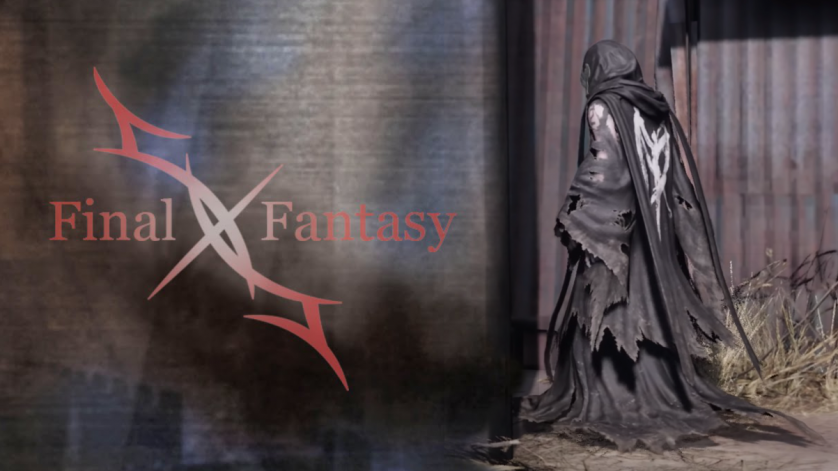
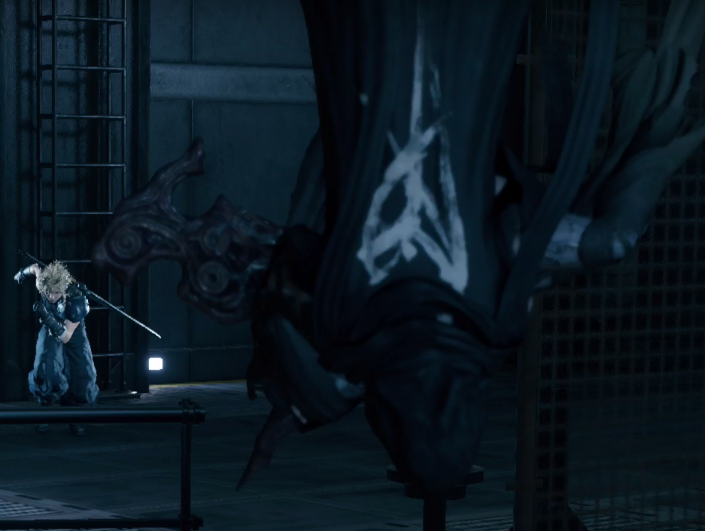
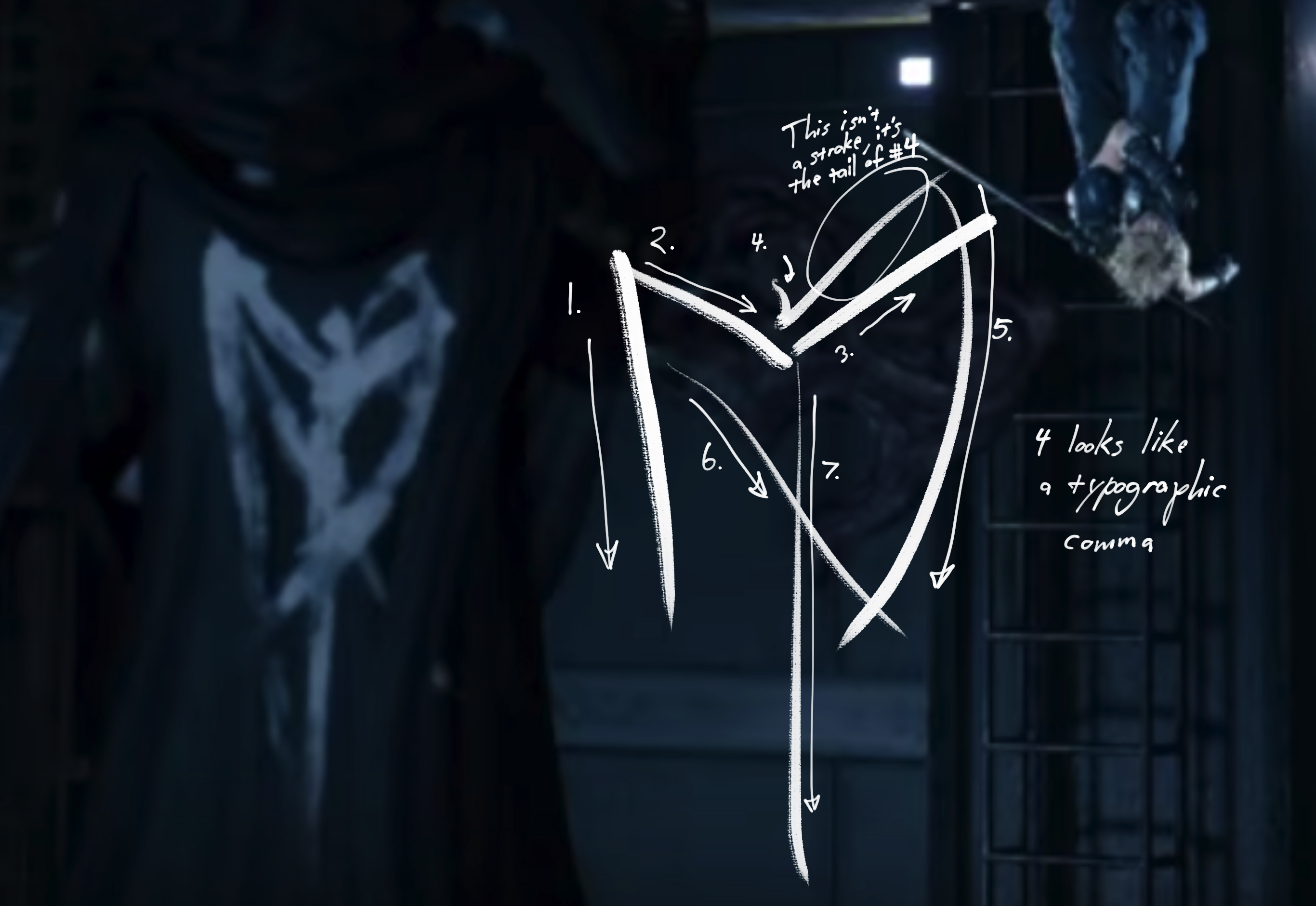
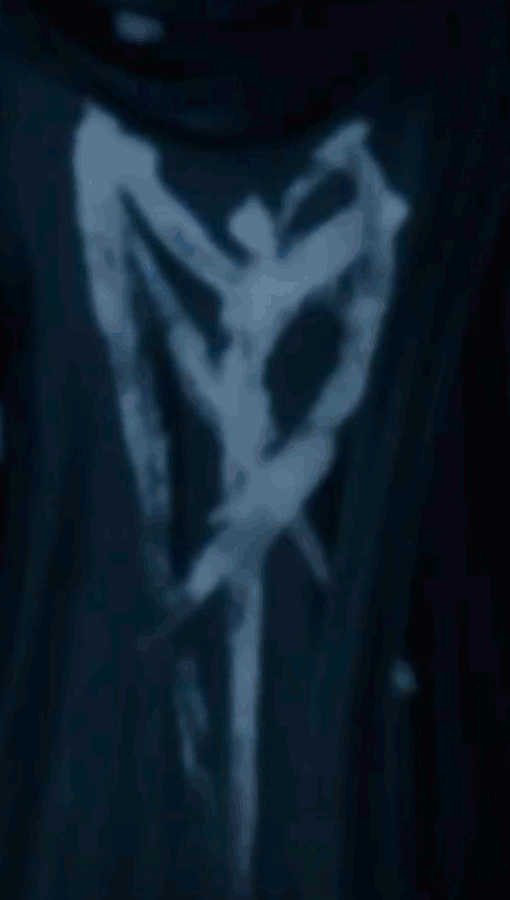

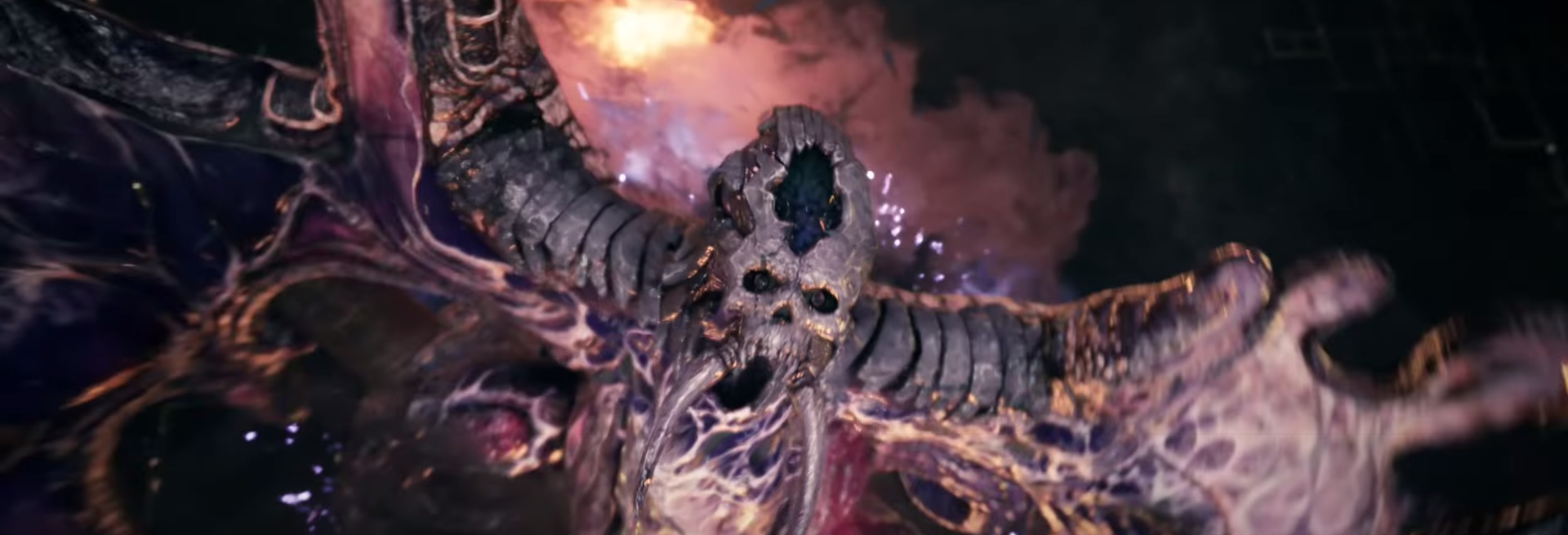
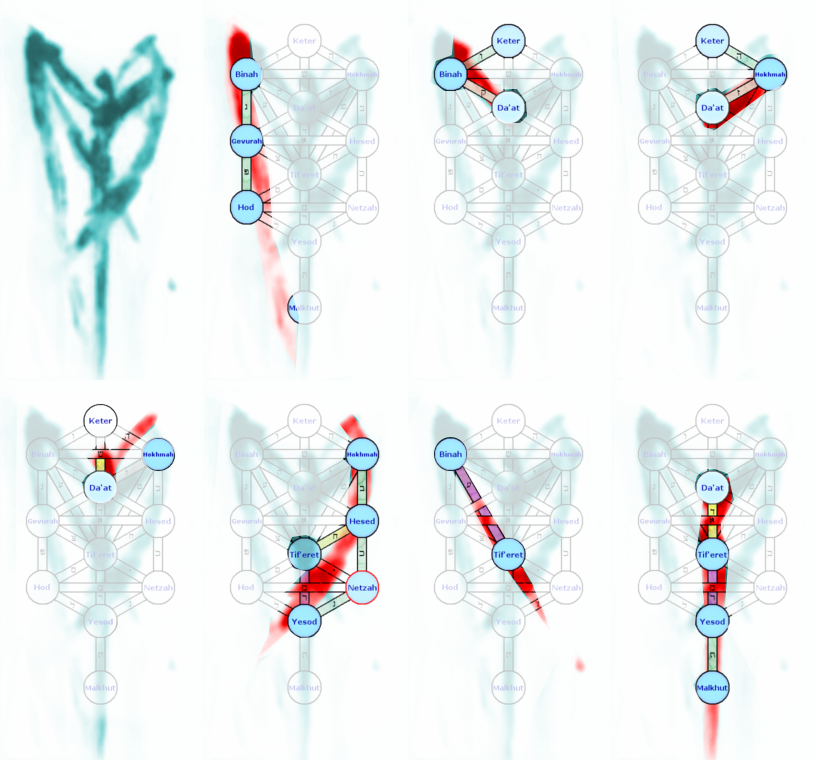
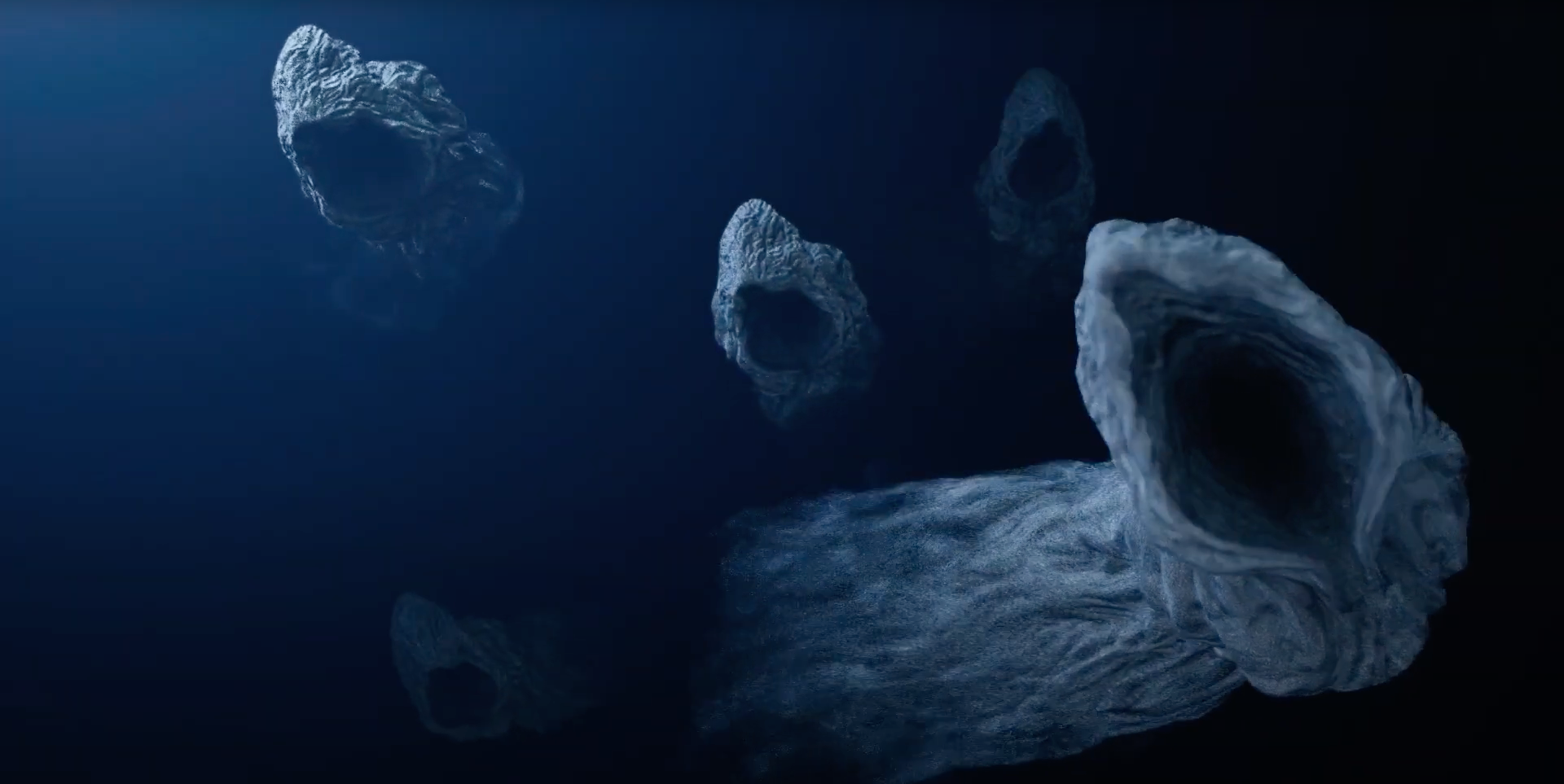
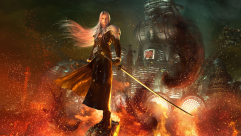
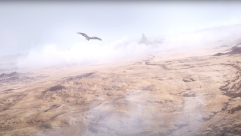
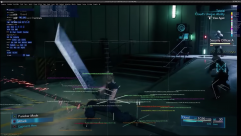

No comments yet
Log in or Register
This is absolutely incredible and I’m sharing it everywhere. Great work X- Soldier.
I’m really glad that you appreciated it, and thanks much for sharing it as well, Schrodingersbabyseal! Hope ya have a good weekend!
Very impressive article as alwyas X-Soldier. Tbh, I still don’t like the whole concept of fate and the meta elements for how overbearing they are. The whispers, specifically, are insanely invasive and not subtle at all. Nonetheless, this was a very interesting read and I especially enjoyed your interpretation of the perspectives of Cloud, Aerith and Sephiroth for the upcoming parts.
Thanks much, X7Strife. Honestly, I felt exactly the same way about them at first, but the more time I’ve spent looking at them, thinking about the original game, and considering what Remake means to the team who’s actually doing it, the more I’ve come to really appreciate what they mean to the story itself. They feel more valuable and less like some slapped on addition to make things new like they did at first.
Fate seems like an odd thing to examine at first, but when you’re talking about life & death… it’s an even more odd thing to ignore. It’s invasive because that’s what it’d be like going back & reliving events you want to change with your whole being, but not being able to. I can’t guarantee that they’ll nail the execution once it’s all said & done, but at this point I feel very confident in what they’re presenting with them & why.
Personally, I’ve found that it’s best not to think of the Whispers as being purely meta concepts – even though they do also serve that purpose in Remake. It helps a lot to view them just like the Planet’s other existing spiritual defense mechanisms like the Weapons & Materia. In the original game they would have been completely invisible to us, since that game just follows the Sefirot’s paths, rather than knowing things about the paths in order to try deviating from them. Everything about what they are matches with the original game in their overt physical presentation, as Final Fantasy VII has never been subtle with the presentation its spiritual concepts once you know what you’re looking at, which is what I wanted to do a lot of in this article.
There’re actually a lot of ways that the Whispers have already been adhering to the in-world mechanics with the the Planet & Shinra’s Science experiments, too. Despite being new and feeling a bit strange, they’re still perfectly aligned with spiritual core of Final Fantasy VII, as well as a lot of the in-game lore as well. I briefly mentioned some of that on Page 7 (in the bit about Stroke II) that I’ve been planning on breaking those things down in a future article, and this is all sort of why I wanted to cover these things first before poking around at some things about the Whispers from a purely in-game-world perspective.
I hope that whenever I get to dive into a bit more detail on them from that perspective that maybe that’ll help ya find them a bit more appealing & less invasive. Either way, I’m glad that you found some things to enjoy from all of this despite not being to hot on the Whispers! Have a good week!
Thank you for this thoroughly researched article!
I’d seen the joke(?) before that David Bowie is in every video game, but this really spells it out as far as Sephiroth. I could never quite get into Bowie’s art rock but now I want to see “The Man Who Fell to Earth”!
I wonder if Seph’s silhouette (fashion-wise) was also inspired by Bowie’s dress + boots for the cover of “The Man Who Sold the World”?
Glad to’ve provided it!
I saw a lot of those while I was doing research, and it was amusing that I was adding yet another example to that list. “The Man Who Fell to Earth” is quite an abstract Sci-Fi film and there’s a ton of nudity in it, but it’s SO very interesting looking at it as something with links to the themes in Final Fantasy VII.
I think that Sakaguchi had some input about Sephiroth’s & Aerith’s designs (they have similar hair because they were initially going to be siblings in the game), but I wouldn’t be too surprised if there were even more Bowie influences than I managed to pick up. 😀
I have to be honest: I did cry in the end.
I’m very sorry for your loss, but knowing that this is what ultimately allowed you to understand more deeply the authors’ intentions and feelings about where they want us to go in the game is inspiring to me. Making us reflect on life, death and our memories, once again, would be the greatest gift they could give us. I really hope you’re right.
It’s amazing what you’ve managed to do. Thank you.
That means a lot to me, so thanks so very much for taking the time to let me know. I did cry several times over the course of doing research & writing this. Additionally, I just learned over the weekend that another friend of mine passed away unexpectedly – and having just written all of this really helped me a lot in processing that, too. I’m working on a semi-companion piece to this one that covers some different but related topics, so I’m hoping it’ll be just as insightful.
Again, thanks for reading through this and letting me know, & I hope that you have a really wondering week!
I haven’t even finished reading this and my mind is already blown. I’ve also been reading the unused dialogues from the OG and man does it give a lot of insight into some of the way remake was done. At least in my opinion. FF7 is my favorite game/story of all time and deep diving into understanding it has been a passion since remake was released. Thank you so much for all this research and concise explanation. I wish i had a friend like you to talk to about all this ff7 passionate stuff, no one around me GETS it.
There was an interview with Kitase in Famitsu that got translated today, and it loosely touched on a couple things I mentioned here in ways that were super satisfying.
I’m glad that you’re enjoying it so far & hope that it carries on with you to the end! I’m slowly working on more, so hopefully that’ll help! It’s a passion that I deeply enjoy, so thanks for taking the time to read & provide extra encouragement for doing this sort of thing!
Hello X-SOLDIER!
I finished the original FF VII a couple of days ago and was really impressed by story, characters and themes of the game and I want to understand more. Unfortunately, I can’t play the Remake right now and I wanted to ask if your whole article has Remake spoilers or I can read some early pages. Or maybe there is some other good article with in-depth analysis of the original game?
Heya literious! I’d very much recommend steering clear of this one for now. There are definitely little bits and pieces of Remake-related information scattered throughout, since the symbol that it’s focused on only appears in Remake.
Really glad that you finished the original though, and you’re more than welcome ta join us on the forums to chat about things there!
In some translations Netzah is pronounced more like Netzach…which would be interesting, since Netzah is broken off from the tree. Remake could be attempting to reestablish his presence.
Just amazing, i’m looking forward for your next analysis!
You bring so much to fans of ffvii like me
thanks and thanks again